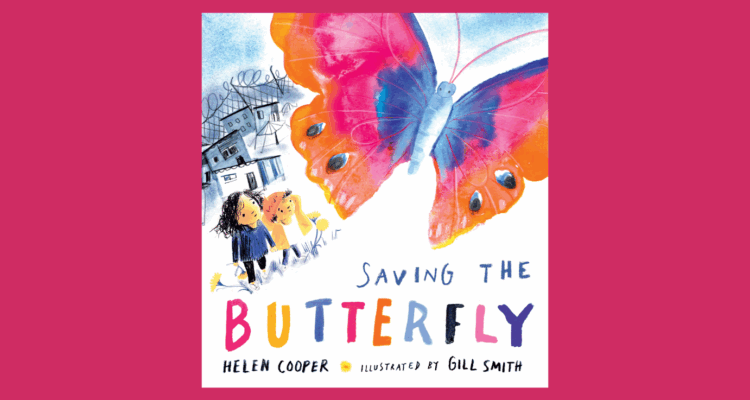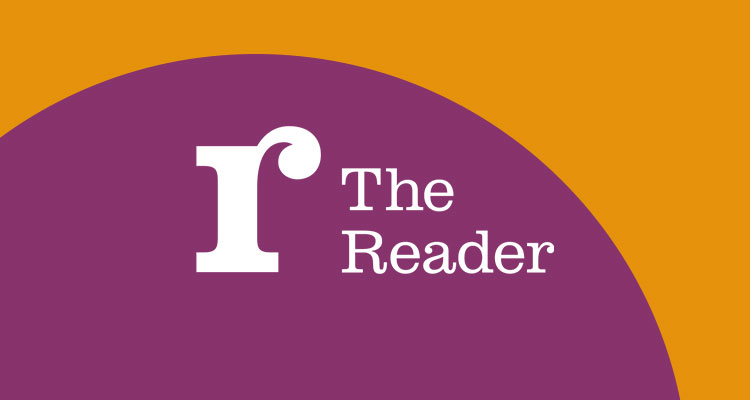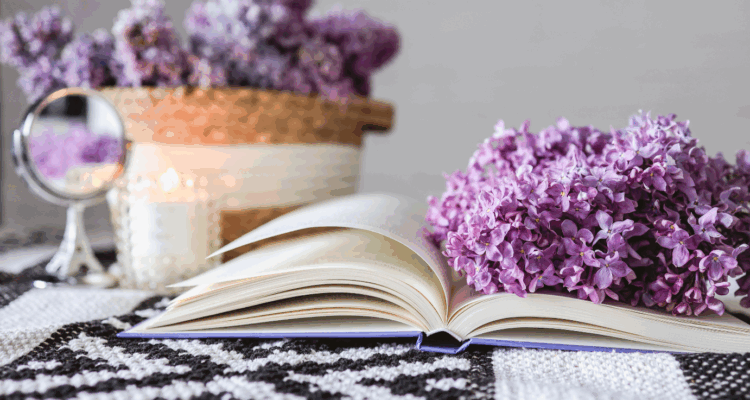Featured Poem: In Flanders Fields by John McCrae
Going into the heart of Liverpool city centre on any randomly selected Saturday afternoon, you will come across not just masses of crowds out enjoying their free time but many interesting and entertaining individuals lining the streets. Buskers, breakdancers, various living statues…they’re all there to amuse and sometimes bemuse. Quite often you’ll find a great number of people dressed as insects (albeit it very furry and fluffy looking ones), superheroes or not really dressed much at all, shaking collection buckets for charities. This weekend however, things were slightly less extravagant but equally as attention-grabbing. On every corner of the main shopping streets, someone could be found carrying a box or manning a small stall filled with poppies.
I had scrawled ‘buy a poppy’ onto my mental to-do-list sometime last week, having found a lack of availability while out and about during the working days, so made sure I snapped one up. Not that they are commodities or status symbols that must be ‘snapped up’ before they sell out, so to speak; I feel that getting a humble paper poppy each November is the smallest way I can demonstrate my respect and gratitude for all those who have defended and protected our freedoms in the past, present and future, who have died while doing so and unfortunately are likely to continue to do so. But there does seem to have been rather a large amount of fuss surrounding the emblem of Armistice Day this year. Whether it’s about wearing a poppy too early or too late (or, more controversially, not at all), pinning on oversized, potentially over- the-top and unconventional ones or ‘pimping’ your poppy with jewels and diamonds, like increasing amounts of celebrities (or at least, people who appear on television with some regularity) – perhaps having a poppy that sparkles really is the in thing this season, if you happen to have a spare £85 going unspent (unlikely, especially in the current climate). Working out where exactly it comes to drawing the line with poppy protocol is becoming trickier. It’s not all bad, of course – as the saying goes, any publicity is good publicity, especially for any good cause – but I can’t help feeling that what is really important, the true meaning of the poppy, is being lost amongst the furore.
So to get back to basics, to go back as far as is possible and to remind us all of what the poppy symbolises in the week that features the key day of remembrance, here is the famous poem by serving soldier and physician of ‘The Great War’ John McCrae, memorialising the area of Belgium that became a mass grave for the fallen and particularly the fields that continued to sprout those small, hopeful red flowers in spite of so much bloodshed and bleakness. Originally a scribble in a notebook following the death of a close friend, In Flanders Fields was later published in Punch magazine and became partly responsible for making the poppy a symbol of remembrance for the casualties of war, inspiring American teacher Moira Michael to write a poem in reply and to become the first person to wear a poppy in the way that millions of us do now. Whenever I hear about or see poppies, in any context, the first thing that comes to my mind is this poem.
In Flanders Fields
In Flanders fields the poppies blow
Between the crosses, row on row
That mark our place; and in the sky
The larks, still bravely singing, fly
Scarce heard amid the guns below.
We are the Dead. Short days ago
We lived, felt dawn, saw sunset glow,
Loved and were loved, and now we lie
In Flanders fields.
Take up our quarrel with the foe:
To you from failing hands we throw
The torch; be yours to hold it high.
If ye break faith with us who die
We shall not sleep, though poppies grow
In Flanders fields.
John McCrae (1872 - 1918)
Share
Related Articles

Storybarn Book of the Month: Saving the Butterfly
This month, as part of Refugee Week (16-22 June), we've been taking a look back at one of our favourites…

June’s Stories and Poems
This month we are celebrating the natural world, and especially the many wonderful creatures that live within it, with June’s…

April’s Monthly Stories and Poems
Our year of Wonder with The Reader Bookshelf 2024-25 is coming to a close – though we won’t be putting…


